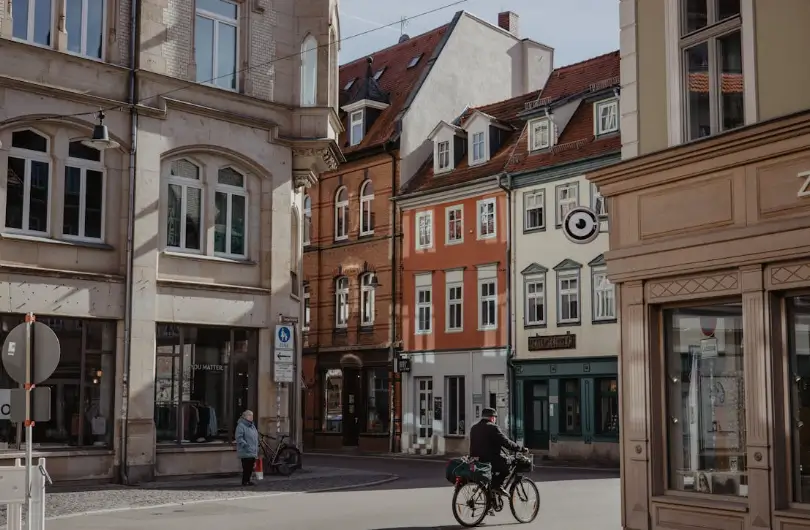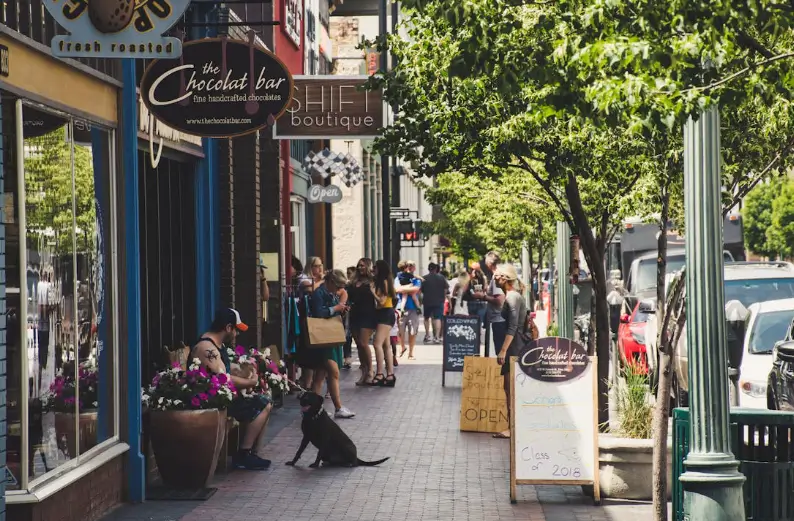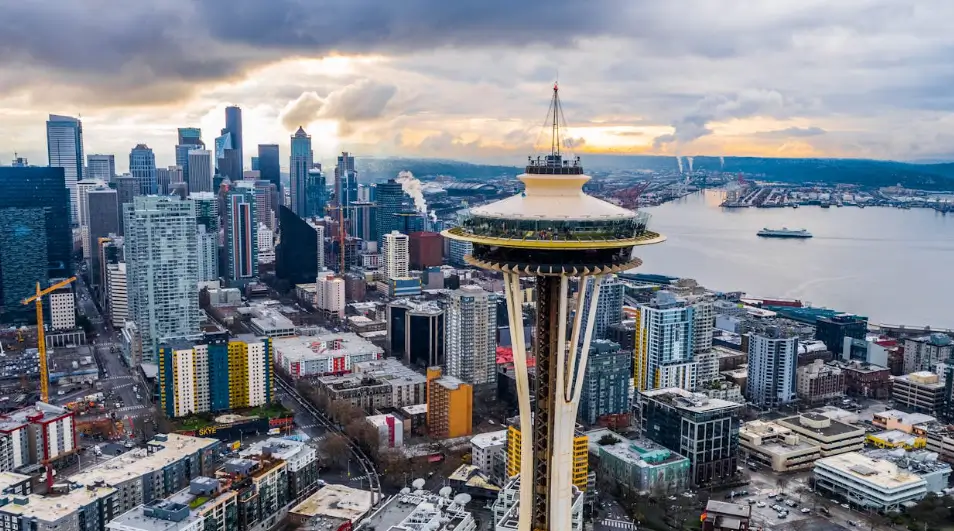Removal of Gainesville’s Rainbow Crosswalks

Gainesville’s rainbow crosswalks were more than paint, they were a visible, everyday nod to inclusion. But now, under pressure from the Florida Department of Transportation, they’re slated for removal. FDOT claims the designs are a “safety issue,” arguing that non-standard markings distract drivers and disrupt automated vehicle recognition systems. But when we peel back the paint, the argument doesn’t hold up. Across the U.S., the evidence supporting that claim is thin, but the message erased is anything but.
Allowing Safety to Mask Symbolism
At their core, crosswalk regulations are about safety. They aim to ensure consistency so drivers know exactly what to expect. FDOT’s memo says: "Non-standard surface markings ... can lead to distractions or misunderstandings... automated vehicle technologies rely heavily on consistent traffic control devices," according to a Florida Department of Transportation memo dated July 2025. That sounds reasonable—until you look at the data.
The Federal Highway Administration’s guidance overwhelmingly discourages brightly colored or symbolic crosswalk art. Yet the agency has no solid evidence that such designs inherently reduce safety. In fact, a 2022 Bloomberg Philanthropies Asphalt Art Safety Study found that streets with asphalt art—including colorful crosswalks—experienced a 50% drop in crashes involving pedestrians and other vulnerable road users, and a 37% drop in overall crashes (source).
Meanwhile, experimental crosswalks in Oklahoma with 3D illusions showed that while drivers initially slowed down, others swerved unpredictably—so the net safety effect was inconclusive.
In short: there’s no clear proof that rainbow crosswalks are a hazard. If anything, early signs suggest they can enhance safety or prompt drivers to pay attention. Yet the policy playing field leans heavily toward conformity—even when creativity may do more good than harm.
Gainesville’s Dilemma: Money vs. Meaning
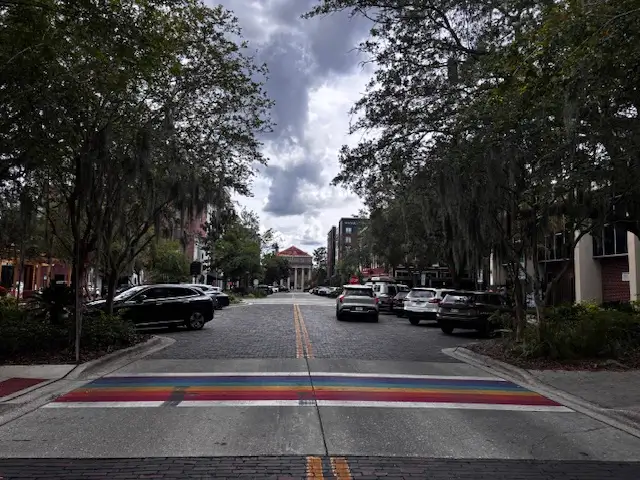
The city isn’t taking the decision lightly. Officials were warned that refusing to comply with FDOT could delay transportation funding for years. According to Gainesville’s Transportation Operations Manager, non-compliant elements, including the crosswalks and shared-lane markings, risk triggering a funding freeze of—get this—five years (source).
That’s political leverage. Removal wasn’t optional; it was a fiscal imperative. Mayor Harvey Ward called it “absurd,” acknowledging the symbolic value these crosswalks held for the community (source). The commission voted unanimously to remove them—but not without passing motions to:
- Rename part of First Street after Terry Fleming, the local advocate behind the crosswalks (source).
- Recommit to LGBTQ+ inclusion by exploring alternative public artworks, perhaps using the crosswalk bricks (source).
Safety, Identity—and the Blank Sidewalk
This isn’t unique to Gainesville. Cities like Ames, Iowa; St. Louis; Baltimore; and West Hollywood have faced similar pushback after installing pride-themed crosswalks. The FHWA has sent letters warning them, yet there’s no hard data showing harm. In fact, officials in Ames noted no accidents or disruptions—only messages of welcome.
In many cases, community members argue that artistic crosswalks actually enhance safety—not by breaking rules, but by capturing attention. “I’ve never heard that it has caused an accident or caused disruption in the streets,” said Rob Hall, executive director of St. Pete’s Winter Pride, referring to the rainbow crosswalk mural (source).
What’s at Stake Beyond the Pavement
This entire wrangle boils down to a collision between regulation and expression, safety and symbolism. A city isn’t just its street grid—it’s an identity, a story, a place people feel a part of. When that gets stripped away for rigid compliance, something gets lost too.
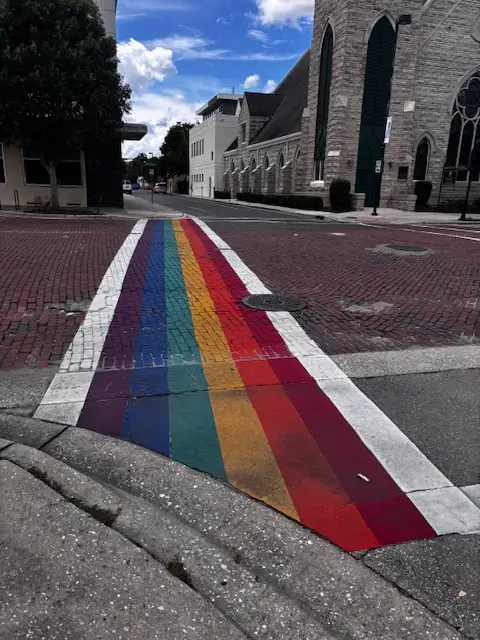
The planned removal raises important questions:
- Can safety and symbolism coexist?
- Is it possible to meet regulatory standards and affirm identity?
- Should there be a pathway to test and approve these designs via structured pilot programs?
Gainesville’s leadership seems to think yes. The push for new art installations suggests they believe in preserving the message if not the medium. That’s a hopeful takeaway.
In Gainesville, the Road Ahead Is Both Literal and Symbolic
Removing the crosswalks might be the fastest way to compliance but it’s not the end of the story. As other cities have shown, creative dialogue can lead to inclusive infrastructure that’s both meaningful and safe.
At its best, planning isn’t about compromise, it’s about weaving safety and belonging together, so that every painted block carries both care and character.
%20(1200%20x%20237%20px)%20(300%20x%2059%20px).webp)
